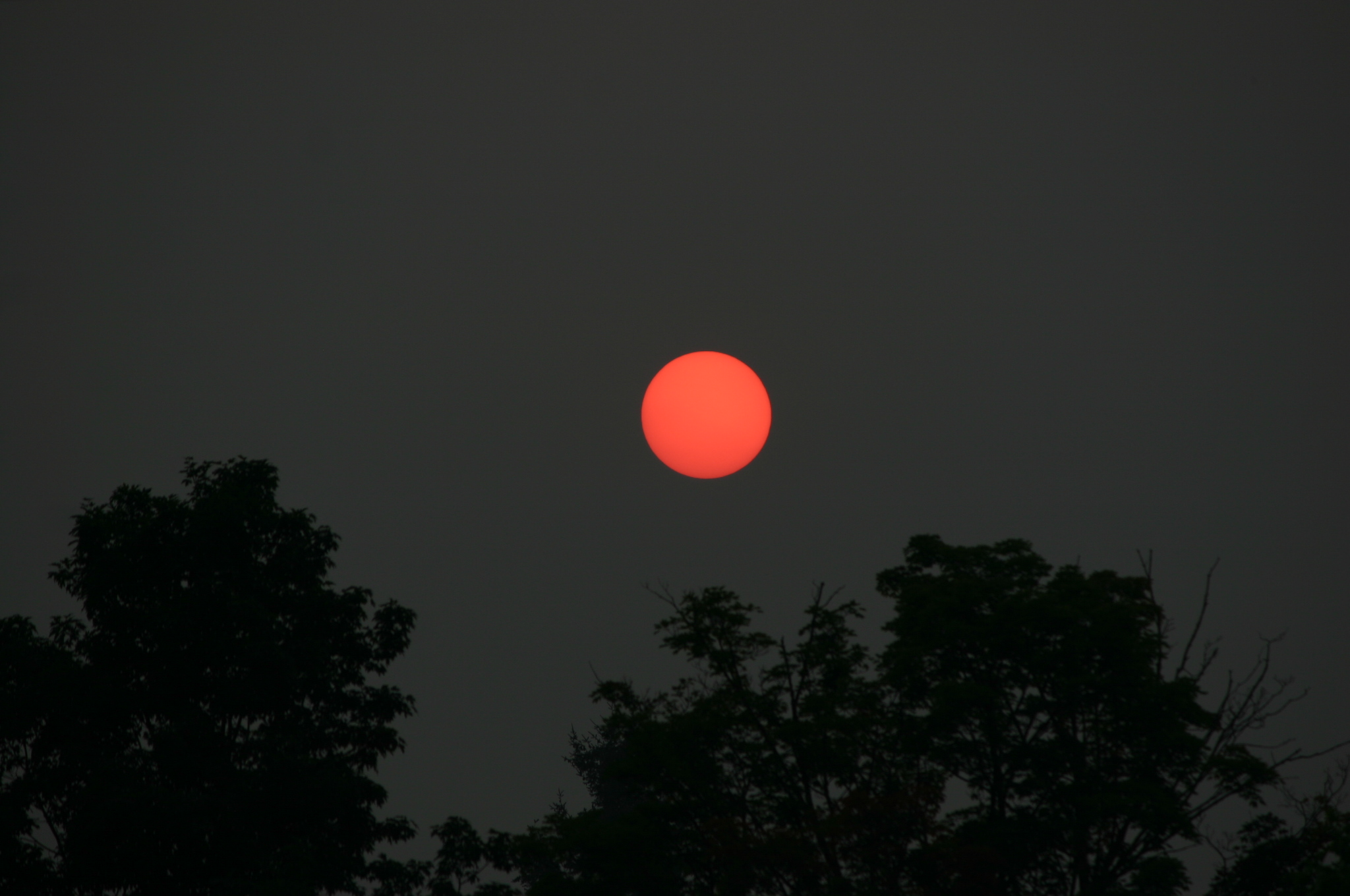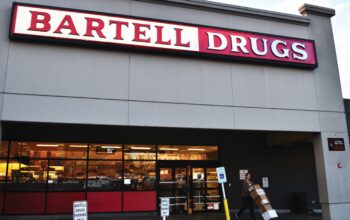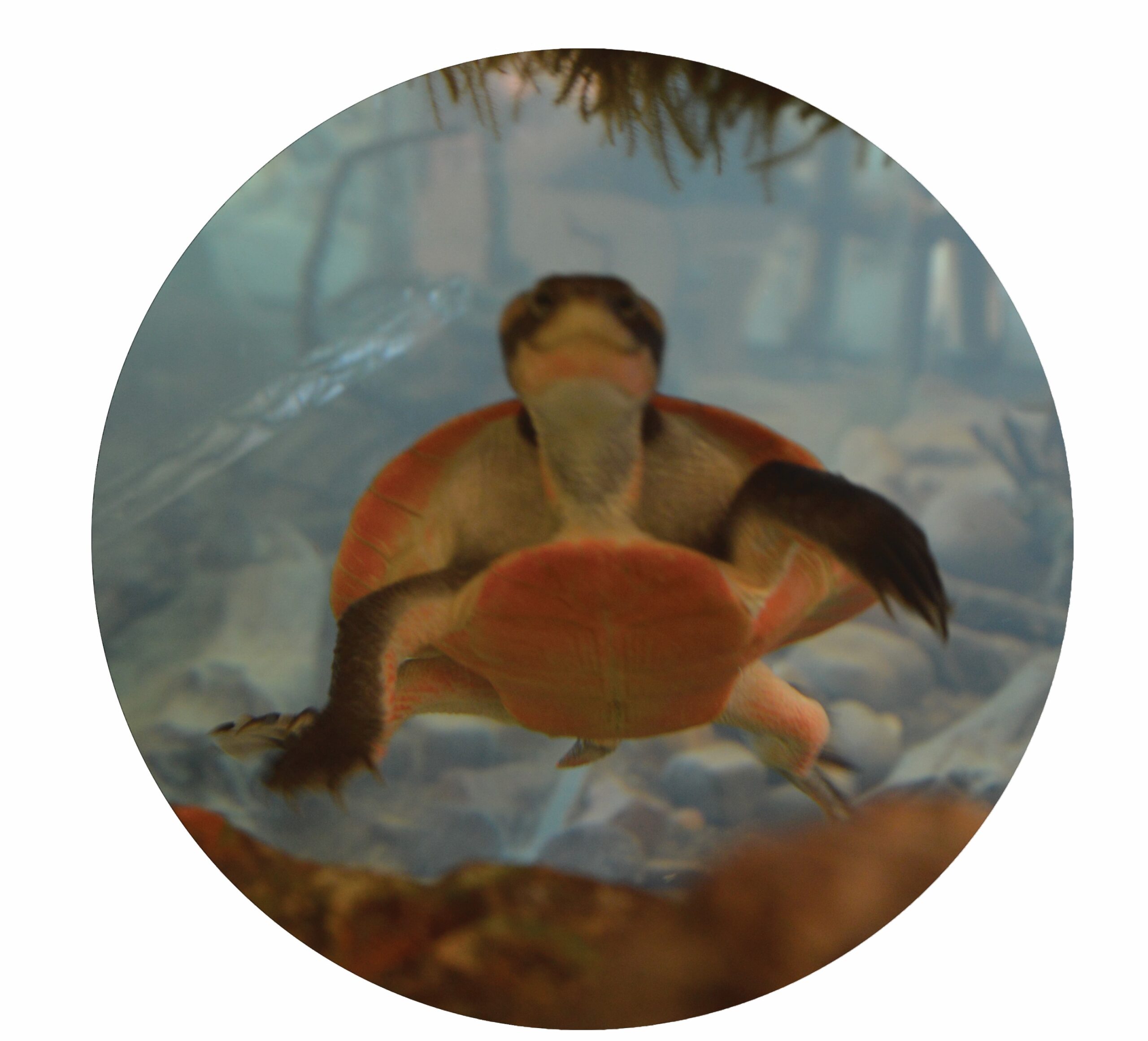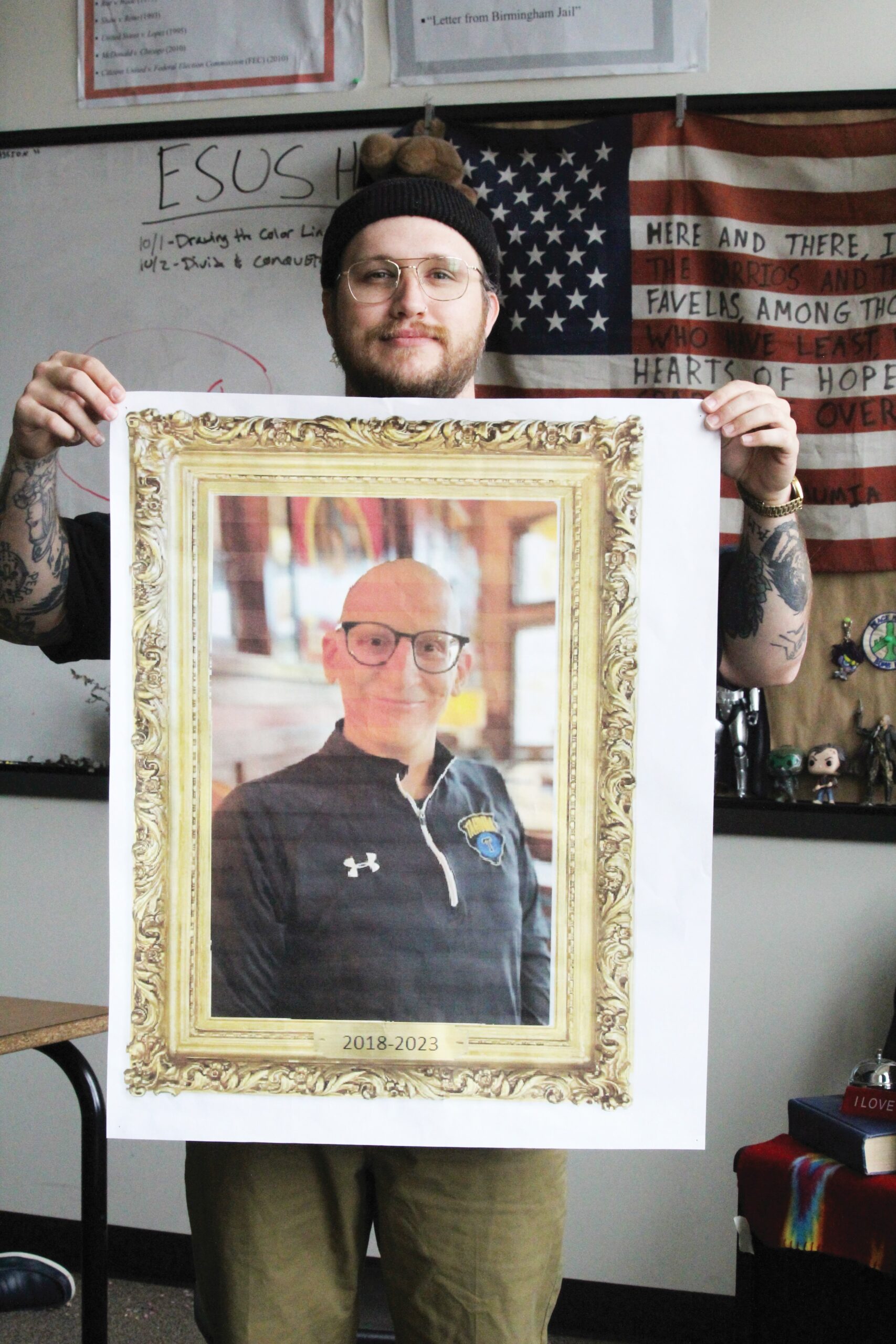The smoke affected us all. It kept us indoors, canceled vacations, and killed people. Things aren’t getting better. In the last three years, roughly 37,000 square miles of forest have burned. That’s more than half the size of Washington. And that’s U.S fires alone. Most of the smoke Seattle faced this summer was from the inferno up in Canada. Across the globe, wildfires are increasing in size and frequency at a scary rate. But did Seattle’s smoky summer need to be so bad?
More trees and fewer fires sound great. But that’s actually what led to our current situation. Before European settlement, Washington’s forests were patchy. Dense green contrasted with open meadows and grasslands. Fires weren’t frequent. Large areas without trees kept them from spreading far. And when fires did occur, they thinned the forest further, making it harder for future fires to spread.
All that changed in the twentieth century. People started thinking about wildfires. The U.S Forest Service launched a campaign to put out every fire. They did an awesome job. Without regular wildfires, the patchwork filled in. Dead, combustible trees accumulated on the forest floor. Loggers came around and took out the old growths. In their place, smaller, shade-loving trees like Douglas Fir packed in. Those trees aren’t as resistant to fire. In short, the forest became clogged with trees without wildfires thinning them out. With global warming bringing hotter and drier summers, our forests are primed for the megafires we saw this summer.
Scientist Paul Hessburg knows a lot about forest fires. He’s done a TED talk about them. He’s an assistant professor at the UW. And he works for the Forest Service in Wenatchee. Paul believes the solution is to intentionally burn sections of the forest, creating gaps in the tree line to slow natural fires. This idea, called prescribed burning, isn’t new. For thousands of years, Native Americans started fires in the spring and fall to keep those in the summer from getting out of hand. So why don’t we do the same now? It’s controversial.
Currently, smoke from prescribed burning is classified as an ‘avoidable nuisance.’ This means it’s heavily regulated by the government. In speaking with The Roosevelt News, Hessburg, said “prescribed burning is not banned entirely. It is allowed in very small quantities; too small to moderate future wildfire outcomes. We have an aversion to smoke and try to outright ban it. But there is no future ahead for us without lots of fire and smoke in it. It will either be modest amounts of prescribed burning smoke or very large unbridled amounts of wildfire smoke.”
Prescribed burning is beneficial in other ways. It creates habitats for plants and animals that thrive in post-fire areas. More importantly, prescribed burning restores the patchiness that kept our forests safe for thousands of years. Controlled fires are a tool at our disposal Hessburg thinks we should use.
People don’t like smoke. I get it. It’s unpleasant, and dangerous to people with conditions like asthma. There’s a really smart local scientist who believes our Seattle summers could be less smoke filled with prescribed burning. Let’s hope a few Washington State lawmakers are listening.
Photo By: Hayden Gosch



